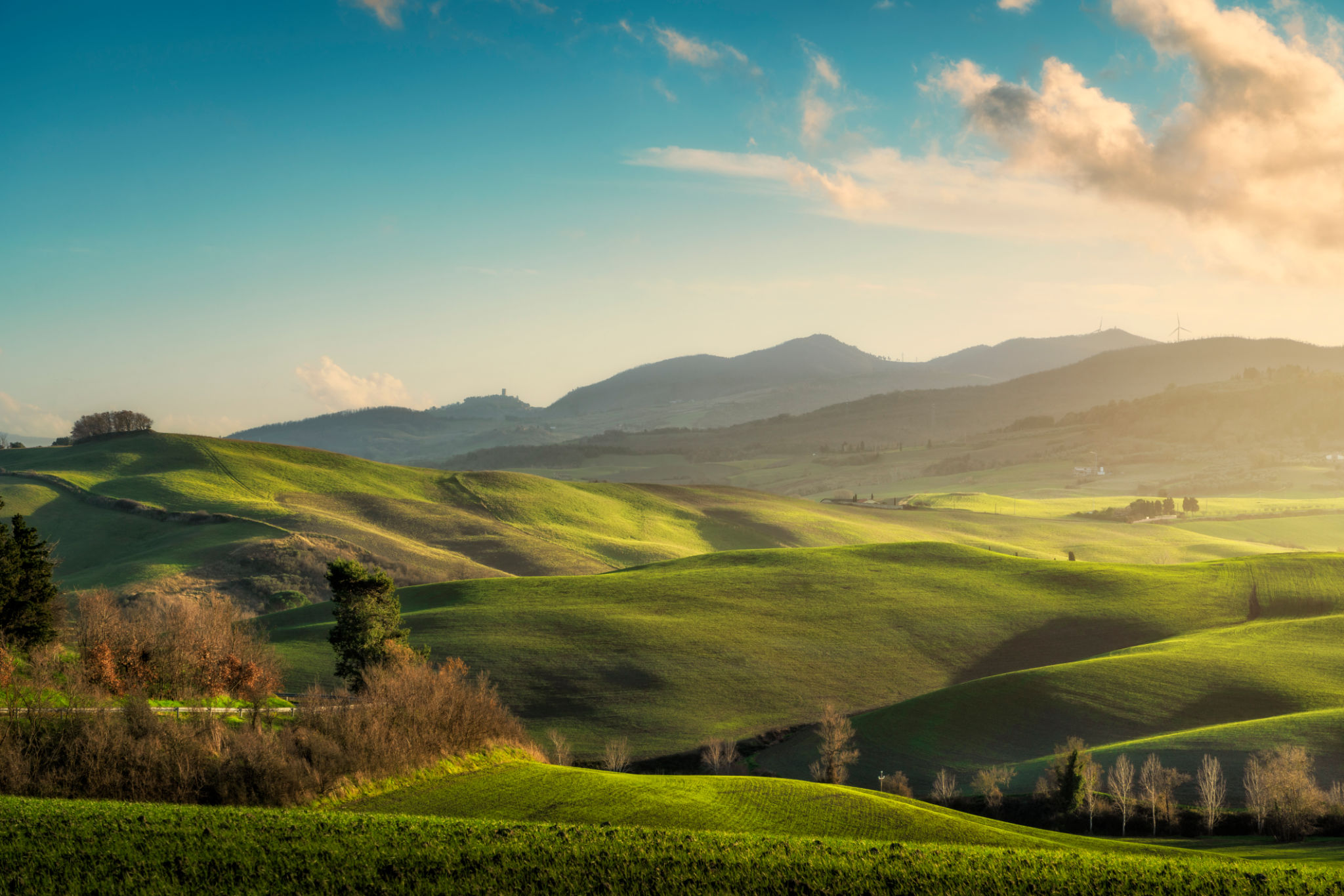Exploring Local Flora and Fauna: A Camper's Guide to Italian Wildlife
Introduction to Italian Wildlife
Italy, with its diverse landscapes and rich history, is not only a cultural paradise but also a haven for nature enthusiasts. The country is teeming with fascinating wildlife, offering campers a unique opportunity to explore its local flora and fauna. From the rolling hills of Tuscany to the rugged peaks of the Dolomites, Italian wildlife presents a captivating blend of beauty and biodiversity.

The Rich Flora of Italy
Italy's flora is as diverse as its landscapes. Campers will find a variety of plant species, ranging from the hardy alpine shrubs in the north to the lush Mediterranean vegetation in the south. The country's national parks, such as Gran Paradiso and Abruzzo, host an array of native plants.
Key plants to look out for include the Italian cypress, which is often seen in the iconic Tuscan landscapes, and the vibrant wildflowers that carpet the meadows during spring. Olive trees and grapevines are also prominent features in many regions, particularly in coastal areas.

Exploring Italy's Forests
Italy's forests are home to a variety of trees, including oak, chestnut, and beech. These forests provide essential habitats for many wildlife species. Campers can enjoy hiking through these wooded areas, where they may encounter some of Italy's most intriguing mammals and birds.
Spotting Italian Fauna
Italy's diverse ecosystems support an impressive array of animal life. From the majestic Apennine wolf to the elusive lynx, Italy's fauna is both fascinating and varied. Campers venturing into the wild should keep their eyes peeled for these magnificent creatures.
Birdwatching enthusiasts will find Italy especially rewarding. The country is a migratory crossroads for many bird species, offering sightings of everything from eagles soaring over mountain ranges to flamingos gracing coastal lagoons.

The Alpine Region
In the northern regions of Italy, the Alps provide a unique habitat for wildlife. Species such as the ibex and chamois are commonly found scaling the rocky terrain. The alpine region is also home to several rare species of butterflies and other insects that thrive in its cool climate.
Responsible Camping Tips
When camping in Italy, it's important to practice responsible camping to help preserve its natural beauty. Always follow local guidelines regarding campfires and waste disposal, and respect wildlife by maintaining a safe distance. Using eco-friendly camping gear can also minimize your impact on the environment.
Before setting out on your camping adventure, research the specific rules and regulations for the area you plan to visit. This ensures a safe and enjoyable experience while contributing to the conservation of Italy's precious ecosystems.

Conclusion
Exploring Italy's local flora and fauna offers campers an unforgettable experience filled with natural wonders. Whether you're trekking through lush forests or observing wildlife in their natural habitats, Italy provides a diverse range of environments to discover. By embracing responsible camping practices, you can enjoy all that Italian wildlife has to offer while helping to preserve it for future generations.
